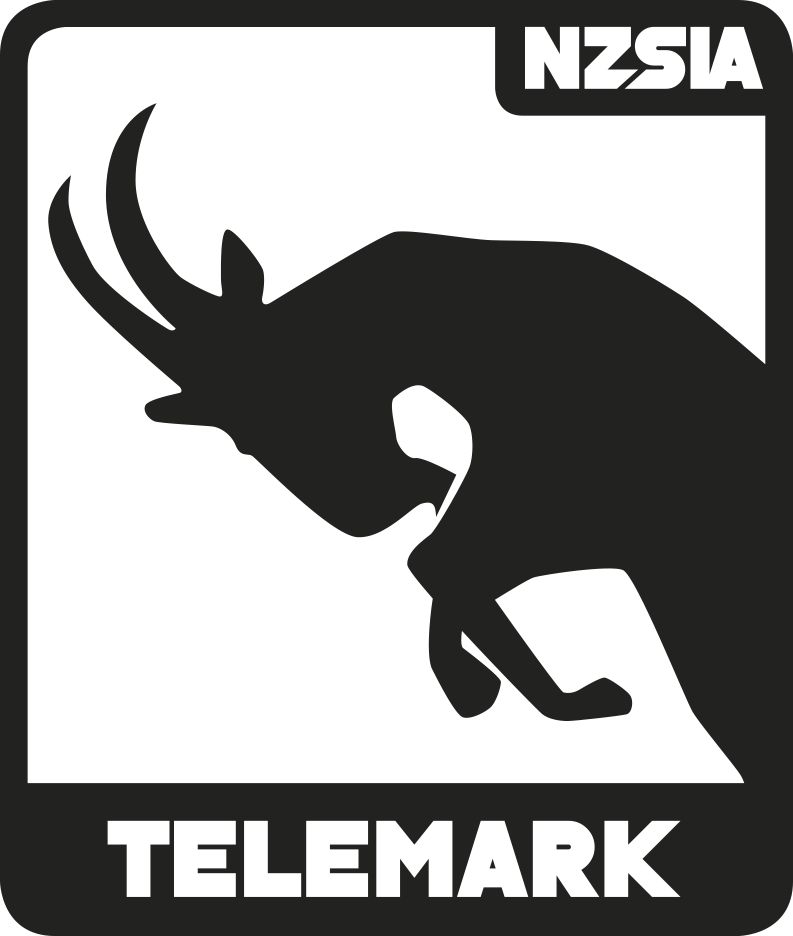Here we talk about how gravity, friction, and snow reaction forces influence a telemark skier’s movement and balance. This section highlights how these external forces interact with the skier’s mass, center of gravity, and base of support, particularly within the unique demands of the telemark stance. It explains the principles behind managing pressure, understanding centripetal and resultant forces, and maintaining balance while turning. The chapter also introduces platform and steering angles, which help determine grip and turn shape.

Interaction Angles
Platform Angle and Edge Control
The degree to which a ski grips is determined by the angle of the ski relative to the reaction force. When the ski is tipped onto its edge and penetrates the snow, it creates a groove that supports the ski. This groove is referred to as the platform angle.
- The ski will hold in its groove if the platform angle is 90 degrees or lower relative to the reaction force.
- If the platform angle exceeds 90 degrees, the ski will begin to slip, resulting in skidding.


This concept differs from edge angle, which measures how much the ski will bend during a turn. Controlling edge angle influences turn shape, while controlling platform angle determines whether the ski grips (holds) or skids (slips) during a turn.

Steering Angle
The angle between your direction of travel and the direction in which the ski is pointed. This determines how much friction acts on the ski; this slows the ski down and impacts how tight the ski can turn. Also, every ski has a built in steering angle. This angle is also referred to as the ski’s side cut.


